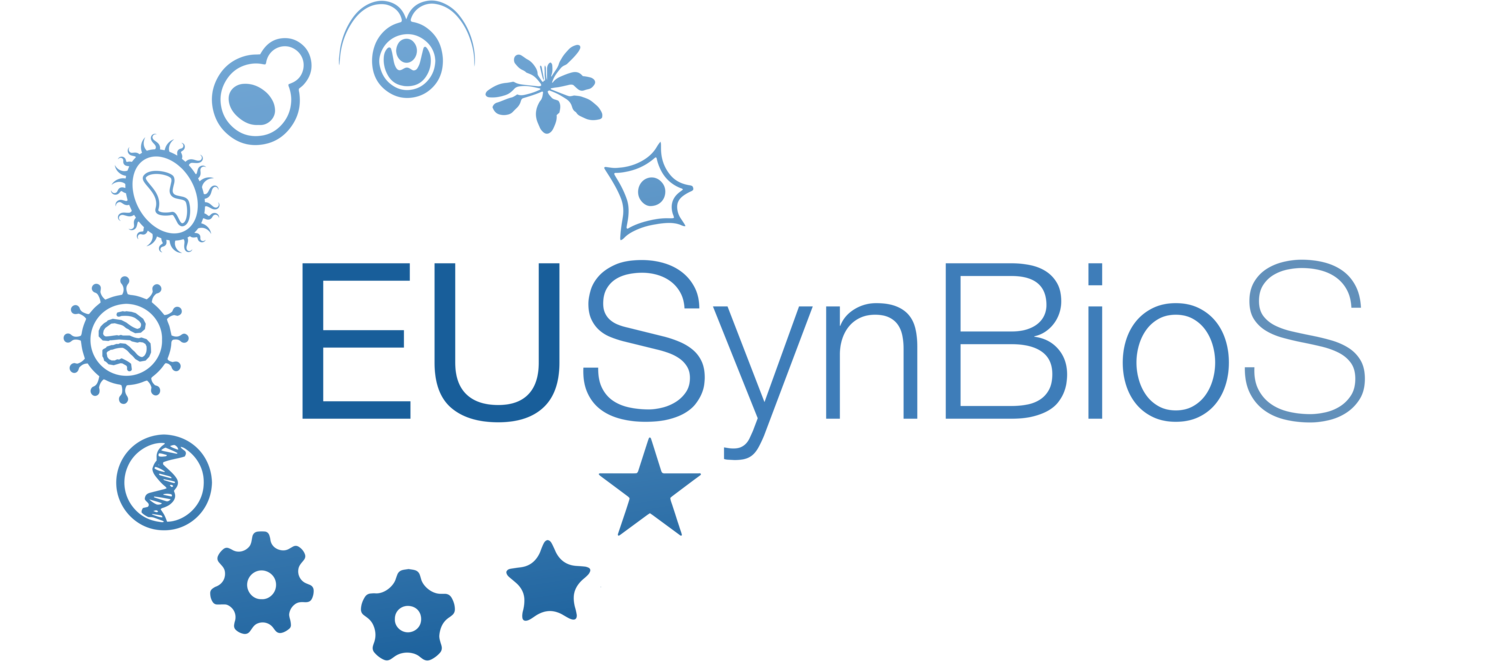A DIY blue-light transilluminator
by Alex J H Fedorec
I have been doing a fair amount of basic restriction cloning over the last couple of years; isolating bits of DNA from various plasmids to stick in to other plasmids, PCR amplifying genes to add restriction sites, etc. When doing this, one has to separate the fragments of DNA that are required for the next step. If you are just cutting a handful of bases off the end of a PCR amplified fragment, you can use a spin column to get rid of the small pieces and the primers. However, if you need part of a plasmid, or your amplification does not result on a single clean DNA band, then you have to remove the rest of the DNA fragments. This is traditionally done by running your sample on an electrophoresis gel and cutting out the band that corresponds to the fragment you need.
https://commons.wikimedia.org/wiki/File:Cutting_of_the_agarose_gel.jpg
To cut out the DNA band you need to see it. In our lab we used a handheld UV lamp which allows you to visualize the bands, but it is not great for a few reasons. First, UV light destroys DNA. Attempts to minimise the impact of UV on my DNA has led to many struggles; flicking the lamp on, trying to get the razor blade to line up with the band and turning the lamp off in a couple of seconds. Not easy. The fact that the lights in our lab can’t be manually turned off made this even harder. I had to make a fort of random cardboard boxes to produce a dark area; the ergonomics of this set-up could not be described as optimal. I am also incredibly paranoid about UV light and the risk of cancer, for a good reason. We do not have any lab coats that reach to the end of my rather lanky arms, so I have to fold myself in to a particularly contorted position to keep my arms covered.
Obviously I am not the first one with this problem, and there are a number of dyes to use in electrophoresis gels that absorb in the blue part of the spectrum instead of (or as well as) the UV part. So I decided it would be a good idea to get a blue light transilluminator and one of these dyes. I went hunting on the web for a cheap transilluminator and found a few ~£500 (1, 2, 3) and even as high as £1300. These prices seem a bit steep for a few LEDs behind some Perspex. There is a really great looking cheap kit that you can get from IORodeo, but even that costs $80 for the smallest, unassembled kit without a power supply. My supervisor made the point that if someone in our group can create a laptop sized biology lab (the fantastic Bento Lab), I could probably make a transilluminator myself.
So I did.
My design differs slightly from most of the commercial ones; I had read—though I can’t find the source now—that light transmitted through the gel from underneath can be overpowering and make the bands harder to make out. Instead, this illuminator has light coming from the sides, so that the blue light is in a different plane to the fluoresced light from the dye. I made mine large enough to take a 15x10 gel tray, which does mean that the light has a long way to travel to get to the middle of the gel, making those bands quite faint. If you do not use large gels, it may be sensible to scale down. I also was not sure whether to use frosted Perspex for the windows or clear, to let through as much light as possible, so I hedged and did two sides frosted and one clear (I now recommend frosted for all sides, as it produces a more even light). Finally, if you have the patience, you can add a few more “crenellations” to the interfaces between the Perspex pieces to improve the stability of the joints.
It is a pretty simple design that can be made in under an hour, if you have access to a laser cutter. I used plastic weld to fix all the parts together; it is incredibly quick and it seems to form strong bonds. There is a tiny amount of soldering involved to connect the on/off switch to the LED strip and the power socket. You also need a pair of orange tinted glasses or another sheet of orange tinted Perspex to act as a low pass filter, removing the blue light and only letting through the green of the fluorescing dye. The cutting plans are linked below and you can alter them to suit your needs.
Materials
Cutting plans
-
For opaque parts: https://www.ucl.ac.uk/~ucbpafe/transilluminator/black-cutting-plan.svg
-
For frosted/clear windows: https://www.ucl.ac.uk/~ucbpafe/transilluminator/frosted-cutting-plan.svg
An early version of this post appeared at Alex Fedorec’s personal website.



